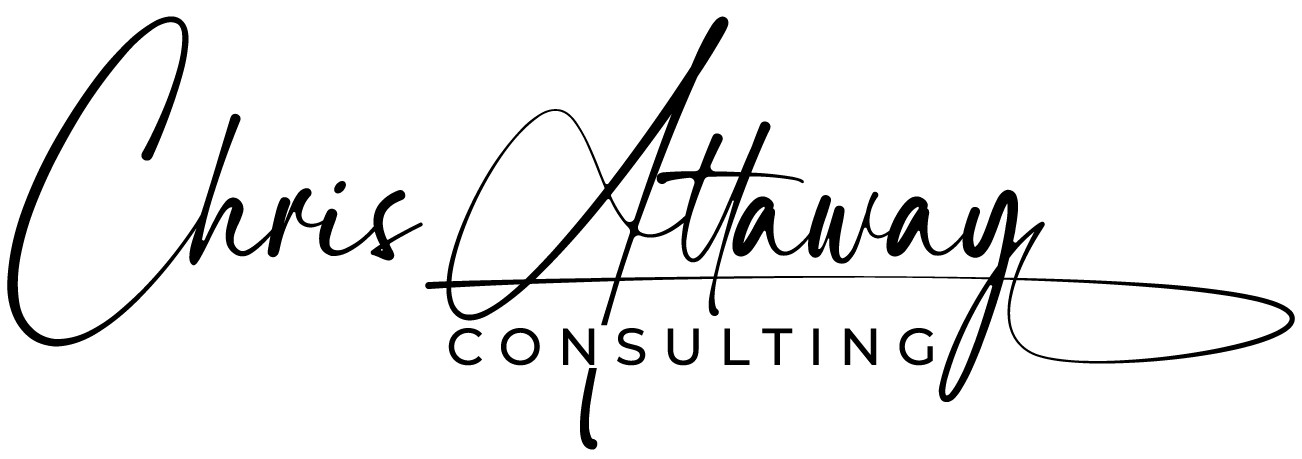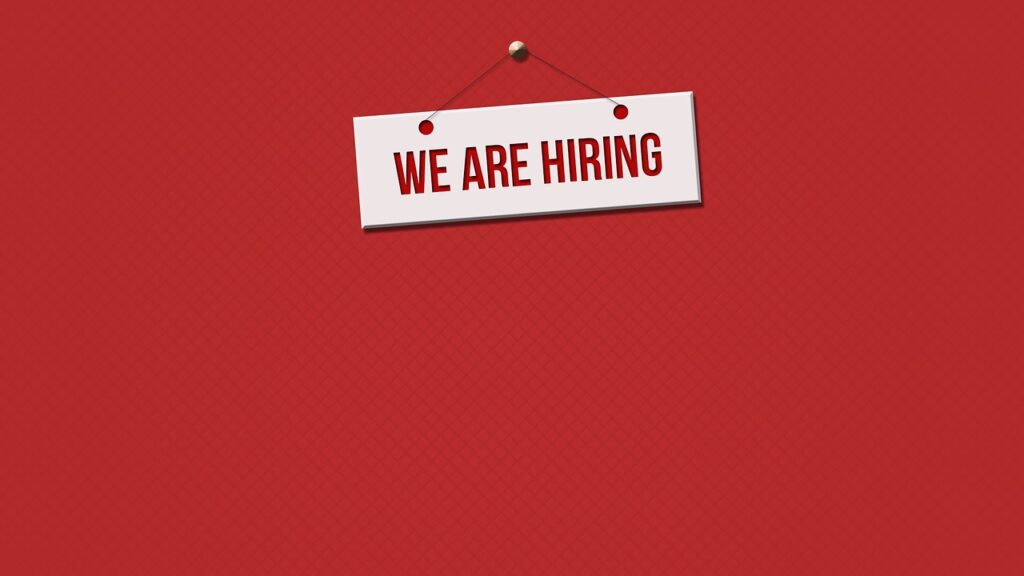The Impact of Labor Shortages on Hiring and Retention
Labor shortages continue to drive up the cost of hiring employees across the United States, especially in industries that require fully in-person work and offer lower wages. Sectors such as leisure and hospitality have faced the highest quit rates since the pandemic, with accommodation and food services consistently seeing quit rates at or above 4% since mid-2022. In contrast, higher-paying, more stable industries like financial activities and manufacturing experience lower turnover rates5.
Despite high quit rates, hiring rates in industries like leisure and hospitality have outpaced departures. For example, in January 2024, this sector lost 781,000 workers but hired 1.05 million new employees, maintaining a hiring rate significantly above the national average of 3.7%5. However, this churn comes at a cost: employers must repeatedly invest in recruitment, onboarding, and training, which increases overall staffing expenses.
The labor shortage is not limited to hospitality. Sectors such as education, health services, and professional and business services consistently report the highest number of job openings, reflecting a widespread challenge in attracting and retaining qualified talent5.
The True Cost of Hiring Employees in a Tight Labor Market
When labor is in short supply, the cost of hiring new employees rises sharply. Employers must compete for a limited pool of candidates, often offering higher wages, better benefits, and additional incentives. But the expenses go far beyond salary.
Direct Hiring Costs
-
Recruitment and Advertising: Posting job ads can cost $100–$500 per position, while agency fees often range from $4,000 to $15,000 or more per hire (typically 15–25% of first-year compensation)1013.
-
Referral Bonuses: Many companies offer $500–$5,000 to employees who refer successful candidates13.
-
Pre-Employment Screening: Background checks and drug testing add another $50–$200 per hire13.
-
Onboarding and Training: New hires require equipment, training resources, and onboarding programs, costing $1,000–$5,000 per employee13.
-
Payroll Taxes and Benefits: Employers pay approximately 7.65% of wages for Social Security and Medicare, plus unemployment taxes, workers’ compensation, and health insurance contributions1213.
Indirect Hiring Costs
-
Internal Labor: HR and administrative staff spend significant time on recruitment, costing $1,000–$4,000 per hire13.
-
Interviewing and Assessment: Scheduling, conducting, and evaluating interviews can cost $500–$2,000 per candidate13.
-
Managerial Training: Time spent by managers to train and integrate new hires can add $500–$3,00013.
-
Lost Productivity: It often takes months for a new employee to reach full productivity, resulting in $1,000–$5,000 or more in lost output per hire13.
-
Workplace Integration: Building engagement and integrating new staff into the company culture may cost $500–$2,500 per hire13.
Total Cost Per Hire
On average, the cost to hire a new employee in 2025 ranges from $4,700 to $5,000 or more, depending on the role and industry-a 14% increase since 2019813. The true cost of hiring, including salary, benefits, and overhead, is typically 1.25 to 1.4 times the employee’s base salary12.
Why Labor Shortages Make Hiring Even More Expensive
Labor shortages intensify competition for talent, forcing employers to:
-
Increase wages and offer signing bonuses
-
Invest more in recruitment marketing and employer branding
-
Pay higher referral and agency fees to secure candidates quickly
-
Spend more on training and retention programs to reduce turnover
In sectors with persistent shortages, such as healthcare and education, these costs are compounded by the need to fill positions rapidly to maintain operations. For example, the ongoing nursing shortage has driven up recruitment costs for healthcare providers and staffing agencies, as they must offer higher pay and incentives to attract qualified candidates5.
Conclusion
The high cost of hiring employees in today’s labor market is driven by persistent labor shortages, high turnover rates, and fierce competition for talent. Employers must budget for both direct and indirect hiring expenses, which can quickly add up to more than the employee’s base salary. Investing in employer branding, optimizing recruitment processes, and improving retention strategies are essential for managing these rising costs and staying competitive in a challenging hiring environment.

